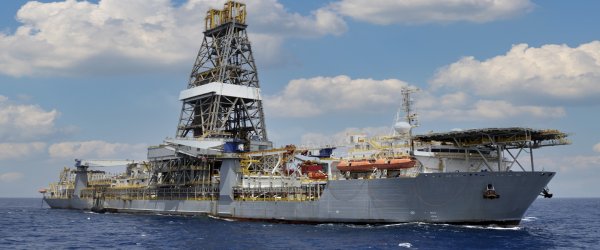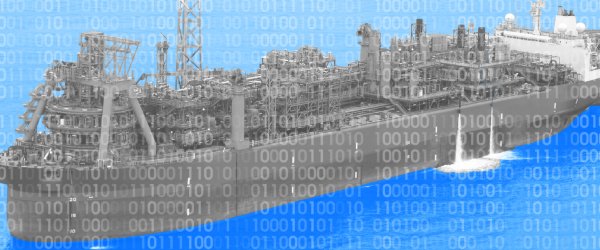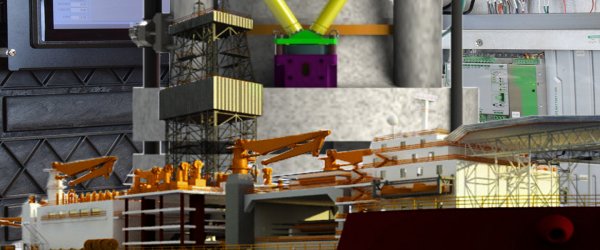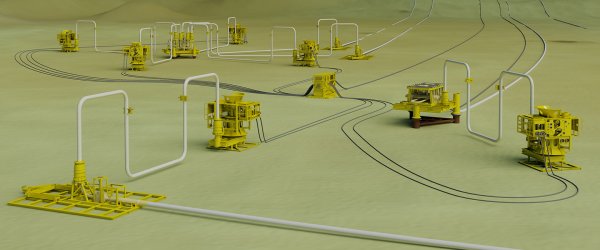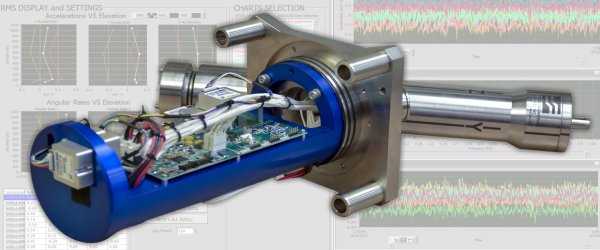Flow phenomena leading to FIV include: flow induced turbulence, pulsation, slug flow, cavitation/flashing, multi-phase flow, water hammer, etc. External currents around cylindrical jumpers and flowlines often lead to Vortex Induced Vibration (VIV). Often times these vibrations are not adequately addressed in the design phase and are found to occur in the field.
Typically for seafloor piping applications stand-alone battery powered vibration loggers, such as our Subsea Vibration Data Logger (SVDL), are used to record vibration data over a period of varying operational conditions. Our engineers have developed algorithms to directly calculate stress and fatigue damage from vibration measurements. These advanced analysis techniques allow for fast turn-around of measured data results needed to ensure that desired flow rates and other operational conditions allow for adequate safety margin.
In offshore oil & gas development, piping systems on the seafloor are susceptible to vibrations due to internal flow of production fluids and external seafloor currents. Internal Flow Induced Vibration (FIV) can be caused by many different flow regimes commonly experienced in the oil and gas industry. Flow phenomena leading to FIV include: flow induced turbulence, pulsation, slug flow, cavitation/flashing, multi-phase flow, water hammer, etc. External currents around cylindrical jumpers and flowlines often lead to Vortex Induced Vibration (VIV). Often times these vibrations are not adequately addressed in the design phase and are found to occur in the field.
In addition to monitoring jumper and manifold fatigue, we also perform predictive vibration assessment using the Energy Institute guidelines, as well as more advanced finite element modeling and application of empirical forcing functions. Our extensive experience with measured subsea vibration data allows for accurate predictive analysis in the design phase.
Additional Information:
![]() System Diagnostics from Comprehensive Analysis of Measured Data
System Diagnostics from Comprehensive Analysis of Measured Data
![]() “A Methodology for Assessment of Internal Flow-Induced Vibration (FIV) in Subsea Piping Systems”
“A Methodology for Assessment of Internal Flow-Induced Vibration (FIV) in Subsea Piping Systems”
